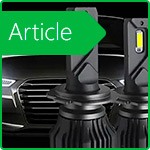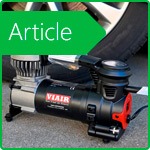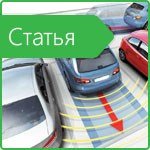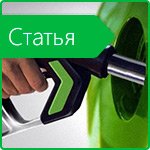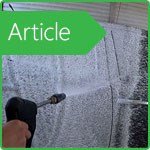How does fuel consumption increase in rainy weather?
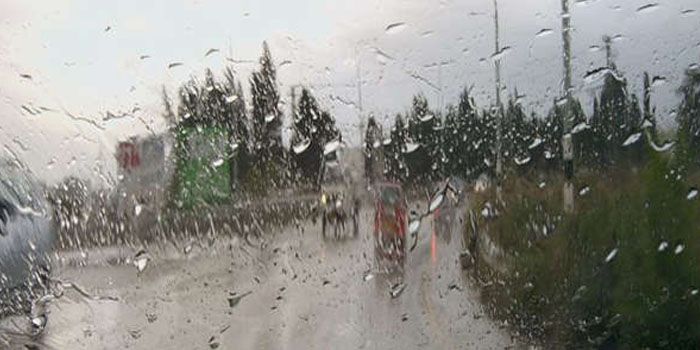
In the rain, the road becomes covered with puddles, which create additional resistance to traffic for vehicles, due to which the load on the power unit increases and fuel consumption increases significantly. In order for the car to maintain the same speed, more torque is required on the wheels.
How much more gasoline will you need to drive through puddles?
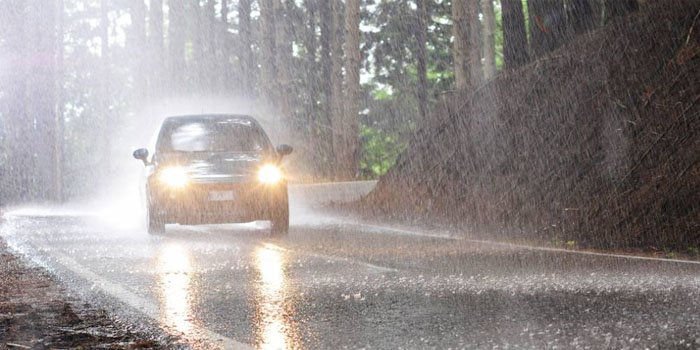
Renault Duster with 1.3-liter turbocharged engine and CVT was chosen as the experimental car. The drive is full, however, in the usual automatic transmission mode, the car almost does not use the rear axle, which is why the nature of the crossover's behavior on the road remains exclusively front-wheel drive. The car even allows a slight slip of the front wheels during a sharp start.
According to the manufacturer's specifications, the car consumes about 6 liters of high-octane gasoline outside the city. The first tests showed the approximate correspondence of real indicators to theoretical ones. True, this requires perfect asphalt, bright sun and the driver's endurance. Vehicle speed should not exceed 80 km/h. If you go faster on the highway and keep the driving pace within the permitted 90 km/h, the consumption of AI-95 gasoline will rise to 7-8 liters.
The vehicle's resistance to movement is a combination of several factors. First of all, this is the resistance force of atmospheric air, as well as the gravity of the vehicle and the friction force of the asphalt surface. The higher the speed, the higher the drag, which increases in proportion to the square of the vehicle speed. Thus, when the speed of movement is doubled, the resistance force quadruples. Therefore, even an increase of 40 km/h causes a sharp increase in gasoline consumption. The car steadily demonstrates an increase in consumption by a couple of liters when going beyond 110 km/h. If you continue to press the pedal and drive at a speed of 120-140 km/h, then a small crossover can be compared in consumption with a large SUV. Consumption jumps to 10-12 liters of gasoline.
Traction on wheels is proportional to the cube of speed. Thus, even a small 1.3-liter turbocharged unit has to expend more energy to achieve a thrust of 250 Nm. And when driving on a wet road, resistance increases even more.
Water Wedge
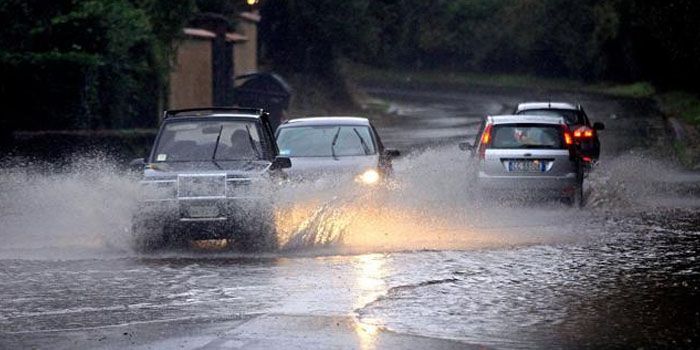
If you look at the resistance tables of the road surface, you can see that the adhesion coefficient of wet asphalt is lower than that of dry asphalt. At the very beginning of rain, even light moisture forms a thin, viscous film of mud on the road, which acts as a lubricant. Until the dirt is washed away by streams of water, the adhesion coefficient decreases from 0.7 to 0.5-0.4 and more.
When puddles appear, an effect arises that impedes the movement of the car. This is the so-called water wedge in front of the wheels. The fact is that the tire tread cannot drain all the water from the contact patch. Most of it is scattered to the sides and gathers in a wave in front of the leading edge of the tread. This water shaft is the obstacle that the wheel is constantly trying to overcome. The wheels try to climb on it, but they spray water and hold onto the asphalt.
This resistance causes an increase in fuel consumption. It is especially noticeable when the car drives into a puddle with one of the wheels. Splashes hit the wheel arches, and the crossover leads frighteningly to the side, which requires you to adjust the trajectory of the steering wheel.
Summary
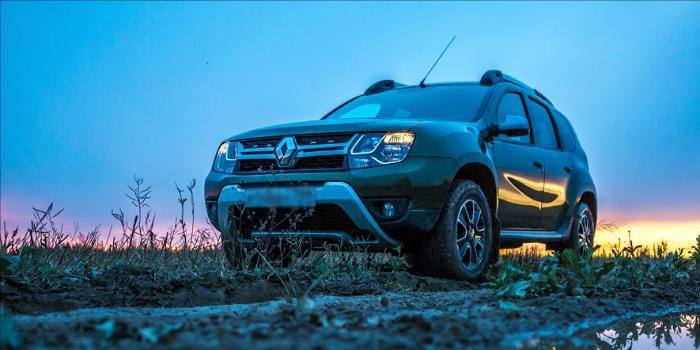
The water shaft at the wheels resists only up to a certain point, and then the unexpected happens. At a speed of about 70 km/h, the water does not have time to scatter and becomes hard enough to hold the car on itself. The wheels float up on the water film, and the effect of aquaplaning occurs.
In general, the resistance of the environment in heavy rain can increase significantly with a general decrease in wheel adhesion to the road. The exact data depends on the rainfall and the water depth of the road. Duster with a 1.3-liter turbocharged engine began to consume about 12-13 liters at a speed of 90 km/h, that is, almost a third more than usual. As the speed increases, consumption increases even more. But driving faster in the rain is unsafe, as the risk of loss of control on wet roads increases alarmingly.
Related Materials

Stay tuned for updates!
Subscribe to our Telegram channel and be the first to receive useful materials.
Subscribe









